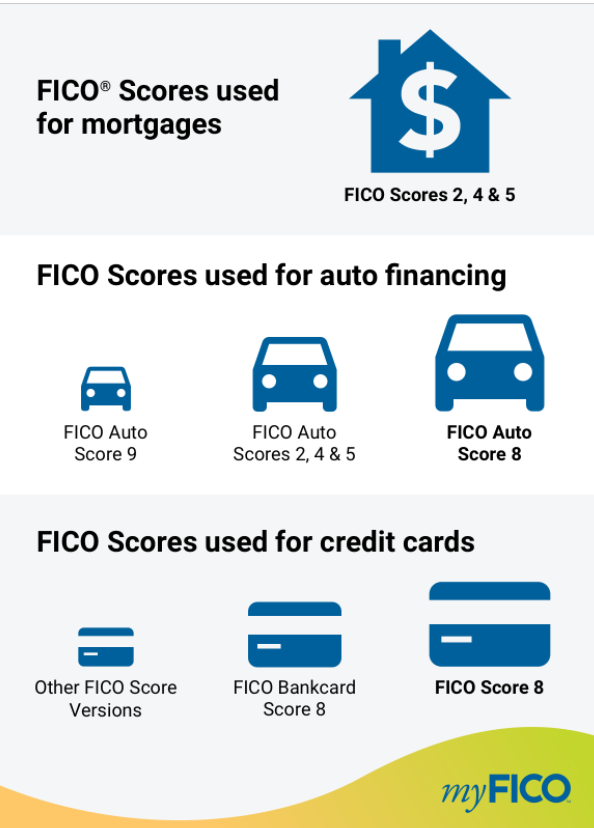What’s Credit?
The use of credit has increased greatly over the years. The total outstanding credit in 1960 was $779.9 billion dollars and by 1981; this figure reached $5,127.7 billion.
In the category of total residential mortgage loans, credit was utilized in the amount of $162.7 billion. By 1981, this figure had risen to $1,000.1 billion. The concept of credit is a critical element in real estate finance.
Credit was established to lower the risk of institutions that invest their money in you. Collateral is used as loan security pledged by the borrower.
The lenders rely on the borrower’s promise, aka mortgage, to repay the future debt. Multiple computerized systems were established to help determine who is more likely to repay the borrowed money. The credit system records employment records and monitoring a demonstration of the propensity for paying credit obligations with a good credit history.
Credit is the United States’ symbolic money system.
Approximately 20 percent of our total money supply is compromised of paper money. Paper bills are essentially promissory notes that are issued by the Federal Reserve. Our paper money is no longer backed by gold since 1933. While each paper dollar is backed with a small portion of gold, the dollars’ paramount protection is Americans’ confidence. Without it, the dollar would fall dramatically and not be universally honored.
Our credit system helps us stay confident and responsible, keeping a mutually beneficial approach for our supply and demand in mortgage money.
Mortgage Money demand is generated from three main sources.
They are construction loans, sales financing, and refinancing.
Predominantly the Mortgage Money supply is sourced from the savings of depositors. The use of demand deposits should continue to grow as we gravitate towards a coinless and paperless money society.
The mortgage market does not exist by itself.
It functions along with a multitude of other markets and institutions. Many forces affect the mortgage market in varying degrees.
Some examples include the inflation rate, consumer demand, money supply, housing supply, strikes in labor unions, and government regulations. These factors all play a role in an individual’s interest rate based on their credit analysis.

Learn more about credit
Credit Services
Credit Repair
Rapid Rescore
A rapid rescore is a two-step method by which you can quickly raise your credit score by submitting proof of positive account changes to the three major credit bureaus Equifax, Transunion, and Experian. This process can lift your score by 40-100 points within days after unfavorable information is removed, and your credit profile is updated.
Rapid rescoring is most beneficial when done with a mortgage broker or lender, not credit repair companies.
The first step in the rapid rescore process is to obtain a copy of your credit report. You are entitled by federal law to receive a free credit report once per year from each credit bureau, Equifax, Transunion, and Experian. But that credit report may not be utilized by any broker or lender to offer any mortgage programs or perform a rapid rescore.
They are required to pull their report to order a rapid rescore.
To request a credit report now utilized by both our broker and partnering lenders, please complete this application.
The second step is to provide documentation showing the reason for the negative information currently appearing on your credit report.
